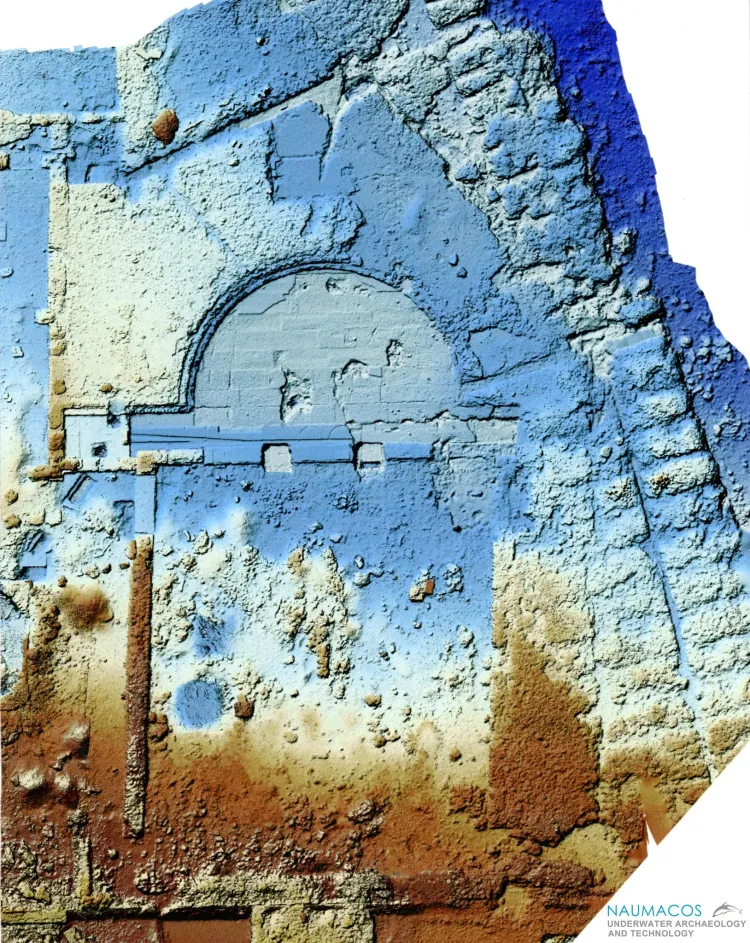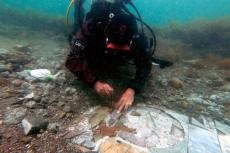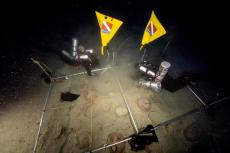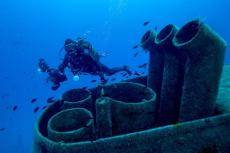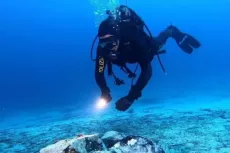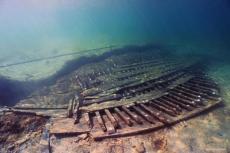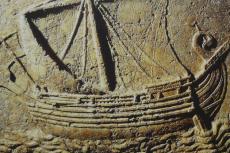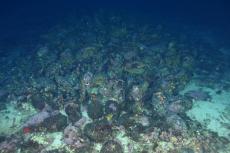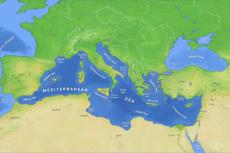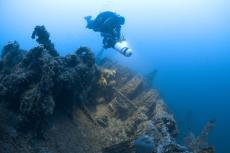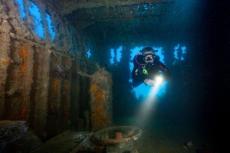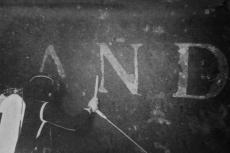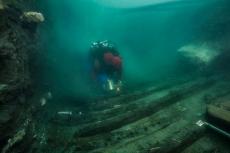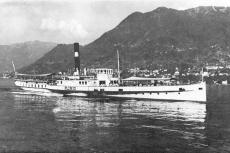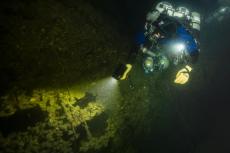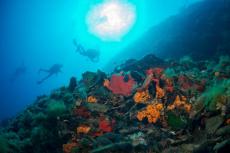Ancient Roman Mosaics Discovered Off Naples Coast
Marine archaeologists uncover the well-preserved intricate marble floor of a Roman villa in the submerged ancient spa town of Baiae in the Gulf of Naples.
The mosaics, featuring intricate geometric patterns and vibrant colours, are remarkably well-preserved. The find is considered part of a larger Roman villa or public building lost to the sea between the third and fifth centuries as underground magma chambers caused the surrounding terrain to fall.
Unlike mosaicked flooring, such as the one uncovered at a spa last year, the team of divers from CSR Restauro Beni Culturali and Naumacos Underwater Archaeology and Technology located a rarer and more expensive covering: an opus sectile.

While mosaics use small stone squares known as tesserae to create a design, opus sectile demands a higher level of skill and artistry. It involves cutting stones into precise shapes and then forming complicated patterns. The technique encouraged the use of expensive polychrome stones, such as marble, and became increasingly popular beginning in the first century C.E.
As such, opus sectile was considerably more expensive than regular mosaicked flooring, though in Baiae, archaeologists noted the owner had used recycled materials. According to the park, this technique was common from the 3rd to the 5th century CE.
Today, the underwater archaeological park is a major attraction, inviting visitors to dive, snorkel, or boat along prescribed routes and view the submerged Roman city.
